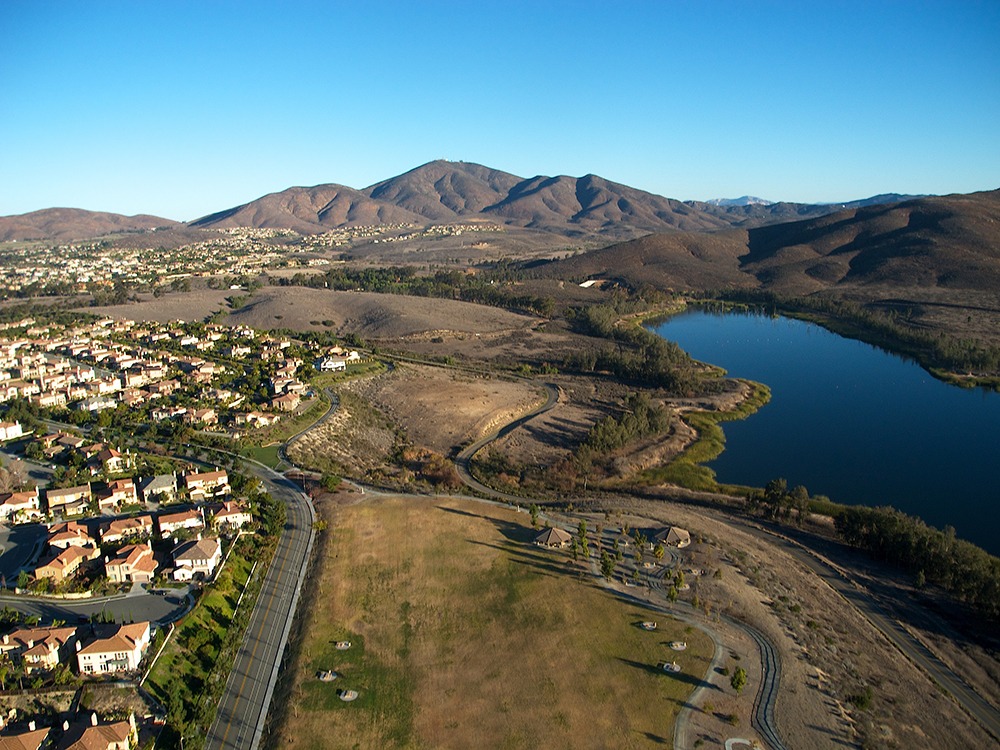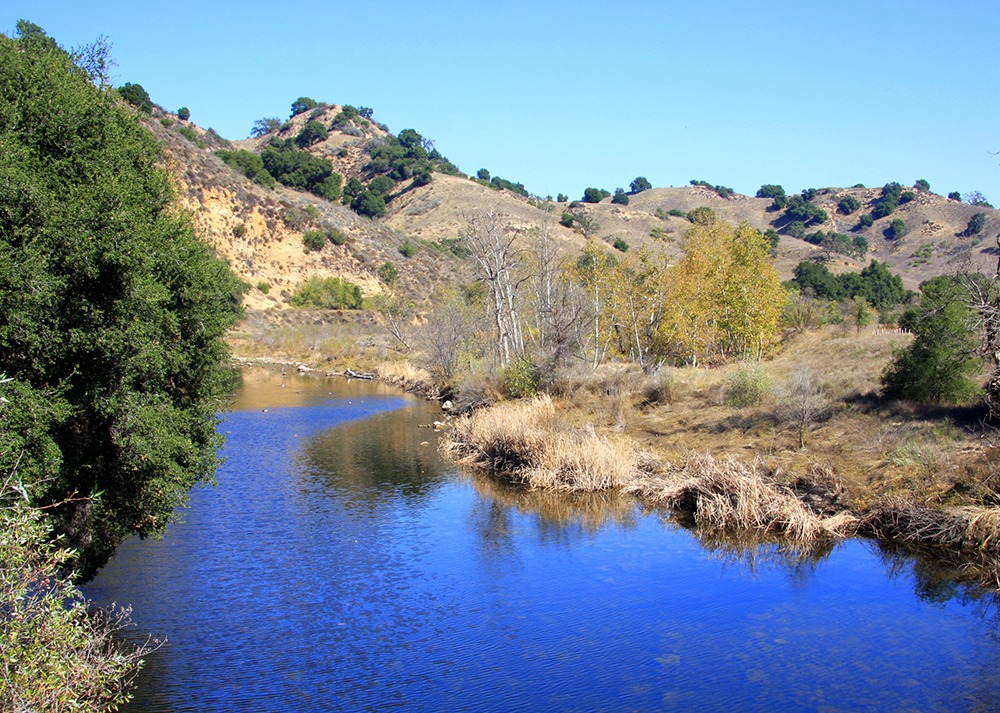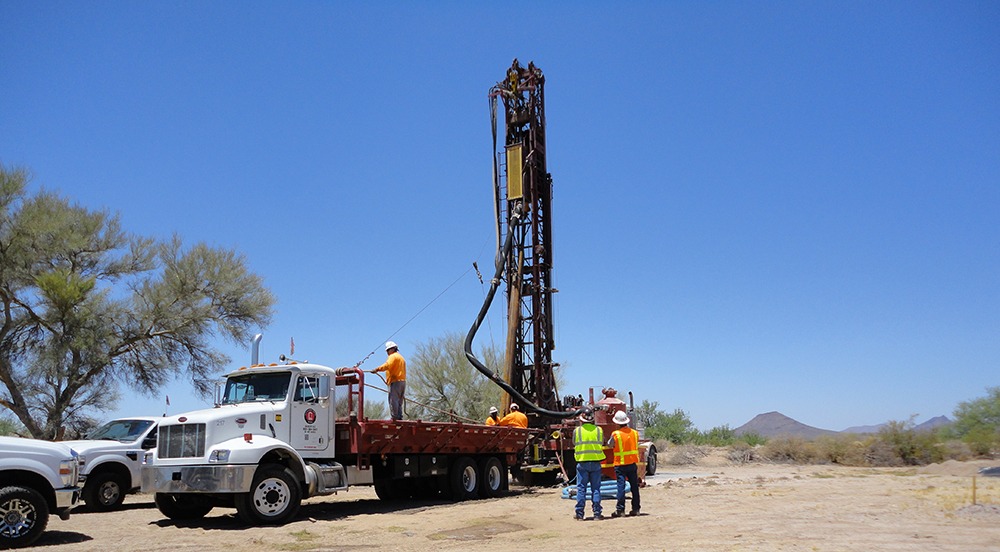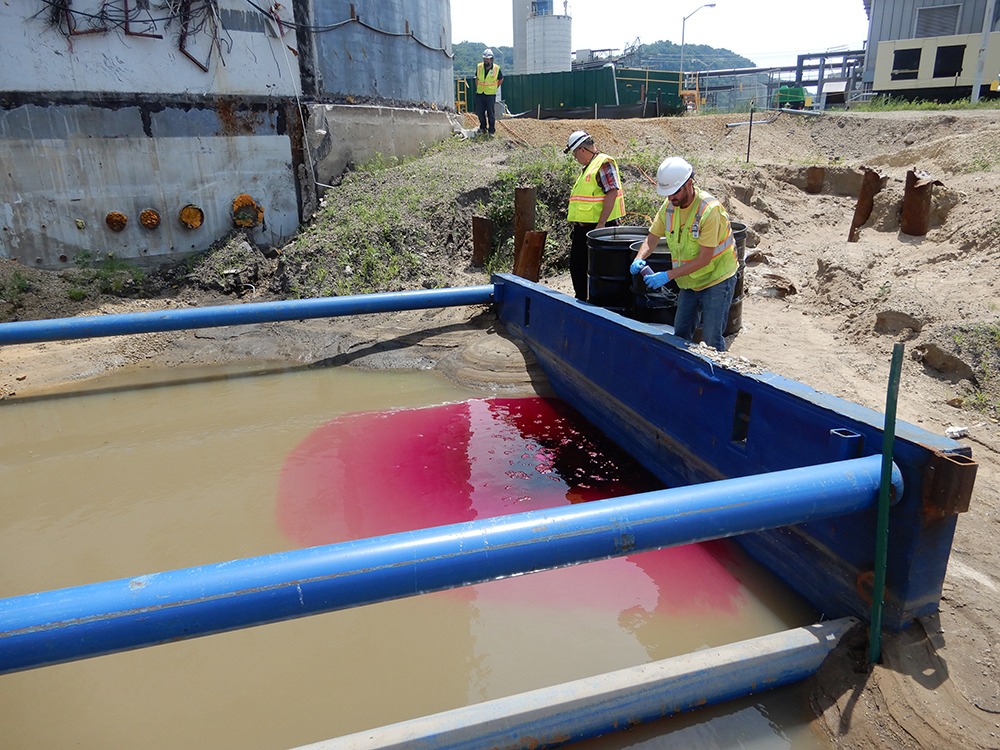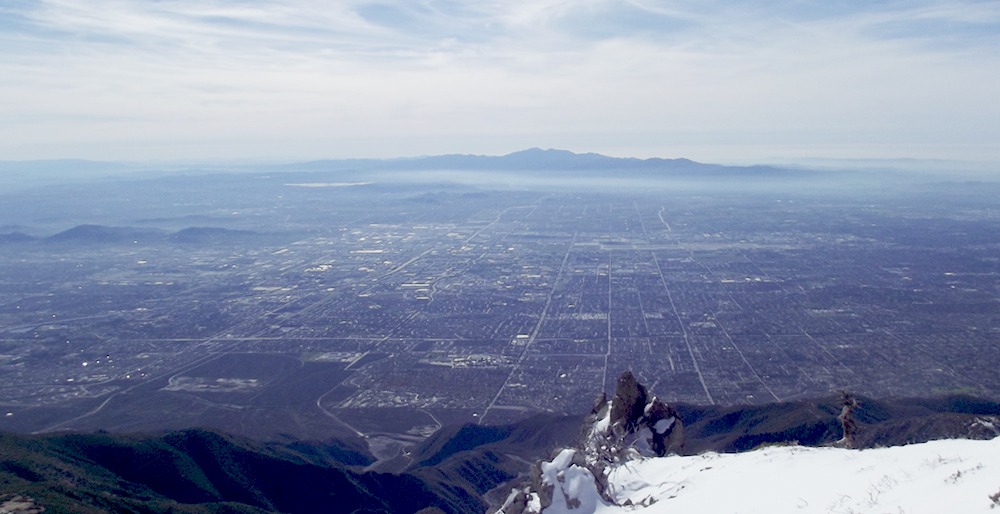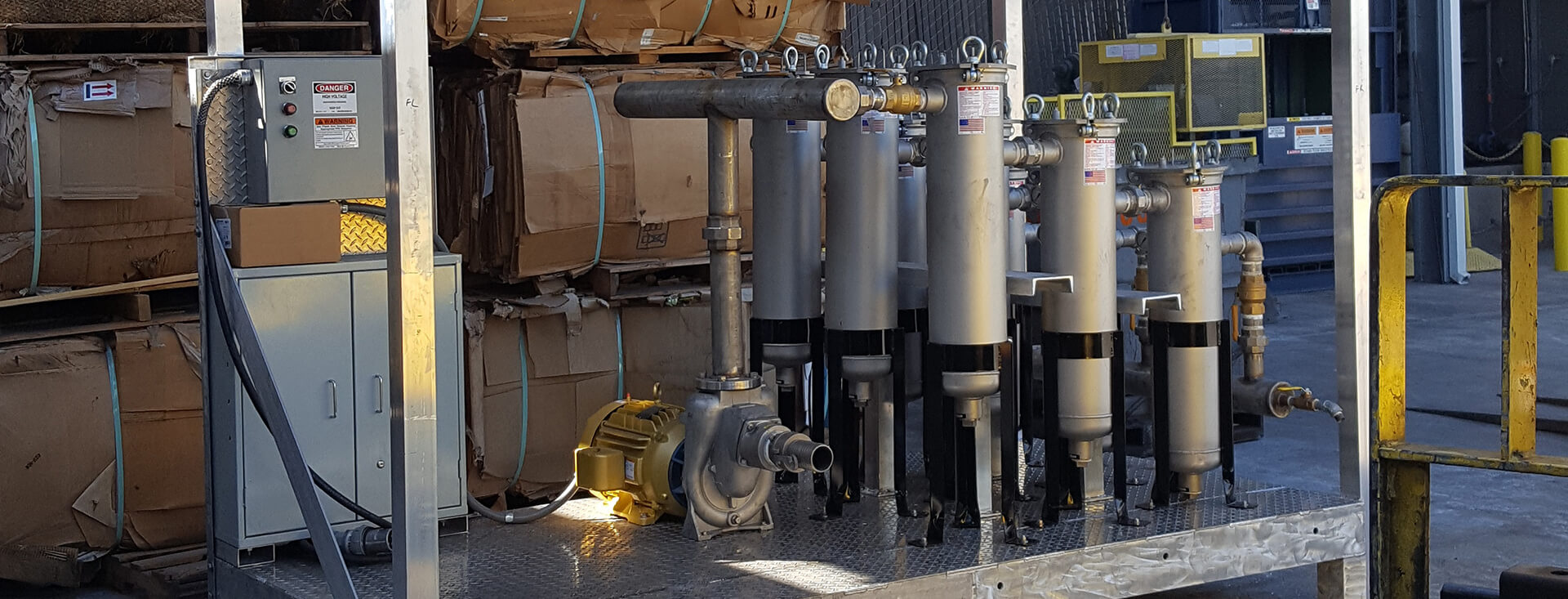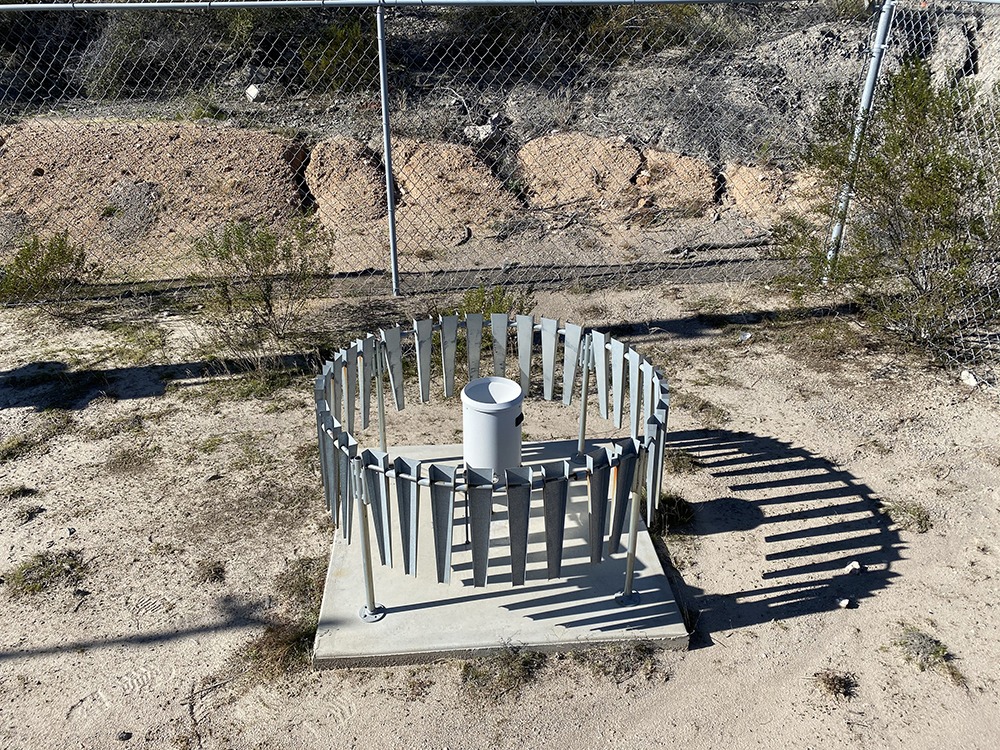
Industrial minerals
Mining company saves millions through our analysis of its stormwater management systems
$100,000
saved on installation costs
$2 million
saved by eliminating unnecessary increase in stormwater storage capacity
Summary
- Haley & Aldrich’s stormwater team helped a mining client avoid adopting costly measures to meet regulatory requirements.
- We created a solution to accurately predict what happens during real-world storm events, using existing technologies to collect actual stormwater flow and rainfall data for a more robust model calibration, which received regulatory approval.
- We saved our client more than $2 million by eliminating the need for extensive design, permitting, construction, and maintenance costs associated with unnecessarily increasing stormwater storage capacity.
Client challenge
Our client knew its existing stormwater flow model did not accurately predict what happens during real-world storm events at its mining facility. Unless it could produce more precise predictions, it would be forced to adopt costly measures to meet regulatory requirements. Based on personal site observations, client personnel suspected the model’s predicted exceedances of storage basin capacities would not occur. For decades, they had witnessed typical large monsoon rain events in the area, and none ever came close to creating a release from the system’s final storage basin. However, the Arizona Department of Environmental Quality (ADEQ) required our client to conduct further studies to prove their assumptions or develop costly solutions to mitigate the assumed storage problem.
Haley & Aldrich was chosen to obtain more precise rainfall response measurements and refined model predictions, given our extensive site knowledge from our remediation investigation work there and our proven ability to develop right-sized solutions.
Our approach
We suspected that the existing discharge estimates were predicated on overly conservative precipitation discharge models. The Haley & Aldrich team knew proving the client’s observations could save the client considerable design, permitting, construction, and maintenance costs for additional upstream storage basins and final storage basin expansion. We started by reducing the study area size and anticipated stormwater flows by studying site topography and existing stormwater control structures. We used our detailed site knowledge to eliminate several drainage basins erroneously identified as discharging to the final storage basin.
Instead of constructing expensive concrete weirs for manual discharge observations, we devised an innovative solution using existing technologies to collect actual stormwater flow and rainfall data for a more robust model calibration. We outfitted key site box culverts, concrete pipes, and drainage channels with flow monitoring stations that used highly precise ultrasonic level sensors. We installed four rain gauges equipped to accurately transmit rainfall data. All equipment was powered using solar panels and data was automatically sent daily via cellular modem to Haley & Aldrich servers where it was maintained in a real-time database. This allowed us to operate these devices in a remote environment with minimal maintenance, saving time and money for our client. The devices were calibrated regularly during the rainy season to provide the highest data quality.
We also had water level sensors (pressure transducers) installed within the final stormwater basin and other key basins to measure the response in water levels created by stormwater entering the basins.
Value delivered
- Received approval from ADEQ for revised model and data, and client did not need to take any further action
- Devised a solution for electronics monitoring and data collection that was less than half the cost of concrete weirs, saving approximately $100,000 on installation costs
- Saved our client more than $2 million in expenses by eliminating the need for extensive design, permitting, construction, and maintenance costs associated with unnecessarily increasing stormwater storage capacity
For more information, contact:

Senior Project Manager, Energy & Mining



